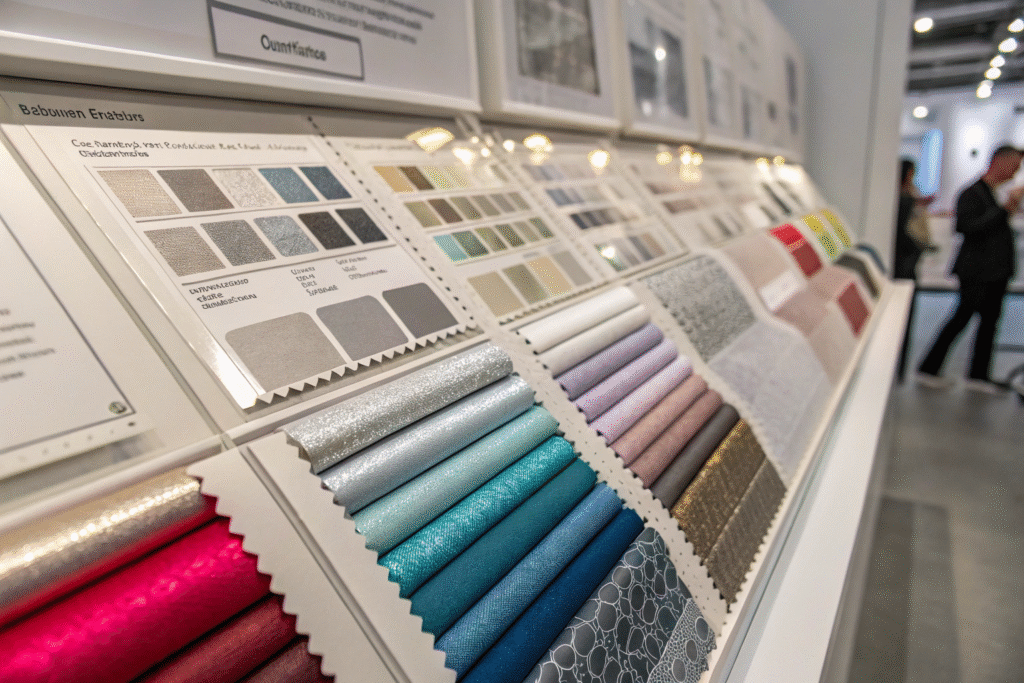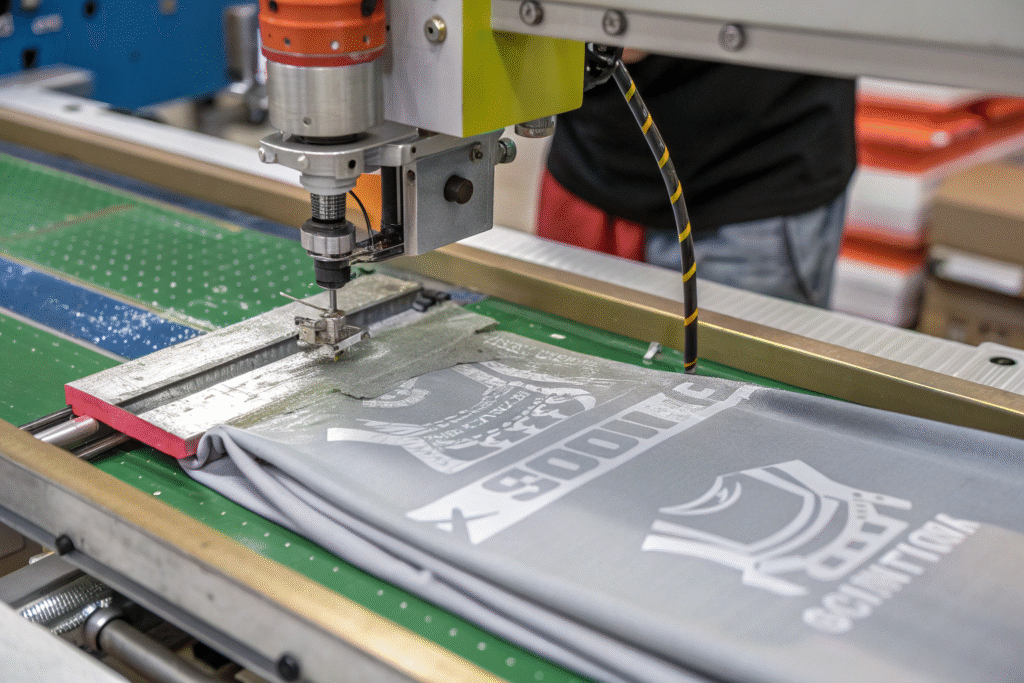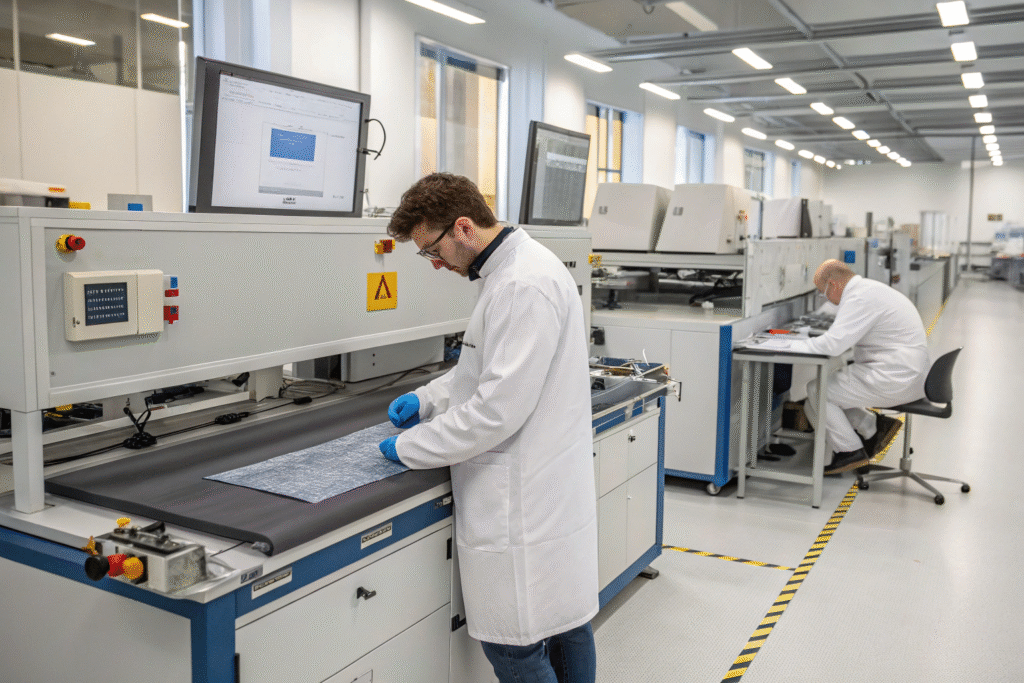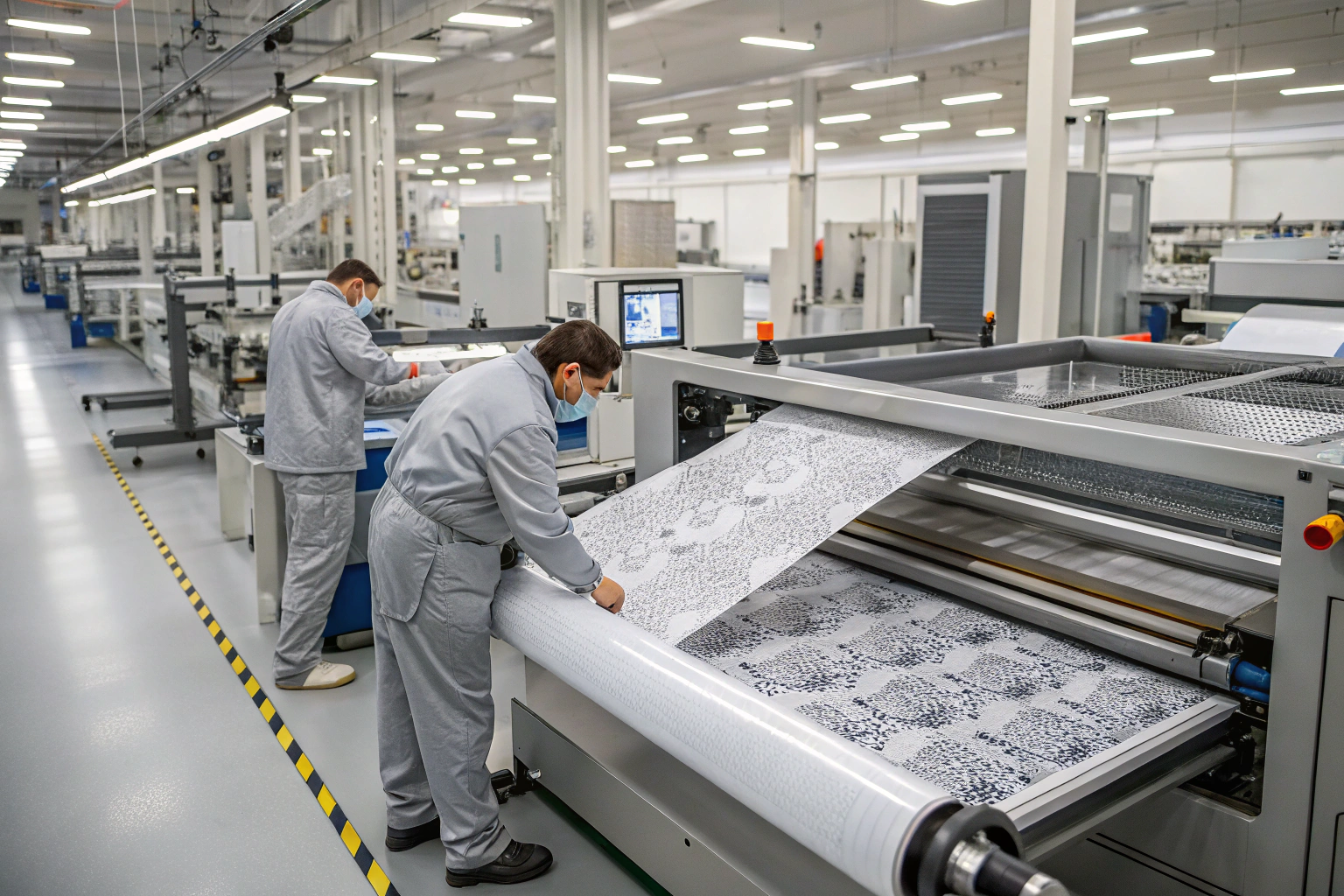In recent years, the rise of wearable electronics has pushed the boundaries of both textile engineering and electronics manufacturing. The demand for conductive silver ink printed e-textiles has exploded as designers look to integrate flexible circuits, sensors, and energy systems into clothing and accessories. For U.S. buyers, especially those in the fashion, sportswear, medical, and smart device sectors, sourcing the right materials is critical. I’ve seen too many projects fail because they didn’t know where to look, or because they compromised on quality and ended up with unreliable conductivity.
The good news is: you don’t have to reinvent the wheel. Global suppliers have spent years refining conductive inks and textile printing processes, and there’s now a clear path to finding the right product. This guide breaks down where to source conductive silver inks and how to evaluate suppliers so your e-textile products succeed from prototype to mass production.
The rest of this article will walk you through key suppliers, the differences between printing methods, the role of certifications, and strategies for long-term sourcing stability.
Best Suppliers for Conductive Silver Ink Printed Fabrics
When looking for conductive silver ink printed fabrics, the first step is knowing which suppliers specialize in your end-use case. Some focus on stretchable inks for sportswear, while others target industrial or medical applications. The wrong supplier can mean the difference between passing or failing safety and durability tests.
For quick reference: Nanopaint, NovaCentrix, Tekra, and Saralon are among the best-known global suppliers. Each has its own product range and printing technology focus, making it important to match your needs with their strengths.

Which global suppliers offer the most reliable products?
Top-tier suppliers like Nanopaint and NovaCentrix offer stretchable silver conductive inks designed specifically for textiles. These inks maintain conductivity after multiple wash cycles and mechanical stretching. I’ve seen fashion brands integrate these into high-performance sportswear without compromising comfort.
On the other hand, Tekra focuses on distributing Henkel silver inks for applications beyond apparel—ideal for those creating hybrid textile-electronic products like seat covers with embedded sensors. Meanwhile, Saralon specializes in printable inks for smaller wearable electronics.
How to choose between screen printing and inkjet inks?
Your decision should be based on the fabric type, product design, and production volume. Screen printing with silver ink, such as NovaCentrix’s HPS-FG57B, works best for thick ink layers and high conductivity. Inkjet inks like NovaCentrix’s JS-A102A are ideal for digital printing of fine patterns or prototypes. Each method has its curing requirements, and skipping proper curing can cut conductivity by half.
Printing Methods for Conductive Silver Ink on Textiles
Once you’ve identified your supplier, you need to choose the right printing process. This is not a one-size-fits-all decision. The wrong method can cause ink cracking, loss of conductivity, or poor adhesion to fibers.

What are the pros and cons of screen printing for e-textiles?
Screen printing is a time-tested method in the textile world. Conductive silver inks perform well here because they can be deposited in thick layers, achieving very low sheet resistance. Suppliers like NovaCentrix provide detailed application guides. However, it requires mesh selection, squeegee pressure control, and often post-curing.
Is inkjet printing a better option for flexibility and detail?
For intricate circuit designs or variable data printing, inkjet printing offers unmatched flexibility. Scientific research shows that multi-layer inkjet-printed silver inks can achieve resistances below 0.2 Ω/sq. This makes them suitable for touch sensors and lightweight wearables, though the capital cost for compatible printers can be high.
Certifications and Quality Standards for Conductive Inks
Quality assurance is non-negotiable for any e-textile product. Without proper testing and certifications, you risk product recalls, safety issues, and reputational damage.

Which certifications should buyers look for?
If you plan to sell in the U.S. or EU, look for inks tested to RoHS and REACH standards. This ensures the inks are free of harmful heavy metals. For textiles in medical or skin-contact applications, also check for OEKO-TEX® Standard 100 certification.
How can buyers verify supplier claims?
Don’t rely on supplier brochures alone. Request recent third-party test reports from labs like SGS or Intertek. These should include adhesion, wash durability, and electrical resistance data. Many top suppliers maintain an in-house CNAS-certified lab for continuous quality control.
Long-Term Sourcing Strategies for U.S. Buyers
For U.S. buyers, sustainable sourcing goes beyond just finding a supplier once. You need to build resilience into your supply chain.

How can buyers mitigate shipping delays and tariffs?
Partner with suppliers who have overseas warehousing or partnerships with U.S.-based distributors. This reduces lead times and avoids sudden shipping disruptions. For example, some European conductive ink makers maintain inventory in North America, allowing faster replenishment.
What payment and contract terms should you negotiate?
Negotiate terms that allow flexibility in order quantities, especially during the prototype-to-production transition. If working with overseas suppliers, consider secure payment methods like Alibaba Trade Assurance or letters of credit to protect your investment.
Conclusion
Finding conductive silver ink printed e-textiles is not as complicated as it might seem, but it does require clear planning. By identifying the right supplier, matching your printing method to your product needs, ensuring all certifications are in place, and creating a robust sourcing plan, you can bring innovative, functional, and safe e-textile products to market faster.
If you’re ready to integrate conductive textiles into your product line, I recommend contacting our team at Shanghai Fumao. We specialize in sourcing and producing technical fabrics, including conductive silver ink prints, with complete quality assurance and export logistics. Reach out to our Business Director Elaine at elaine@fumaoclothing.com to start developing your own customized e-textile solutions.










